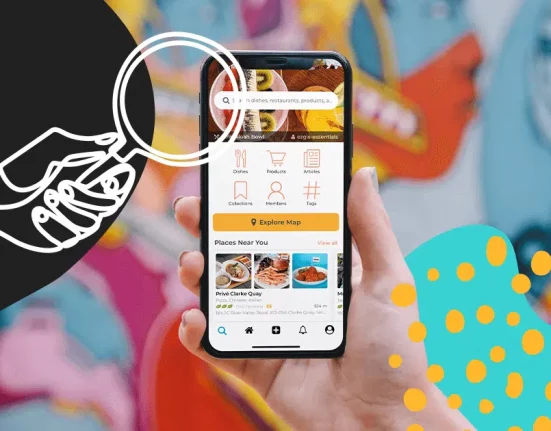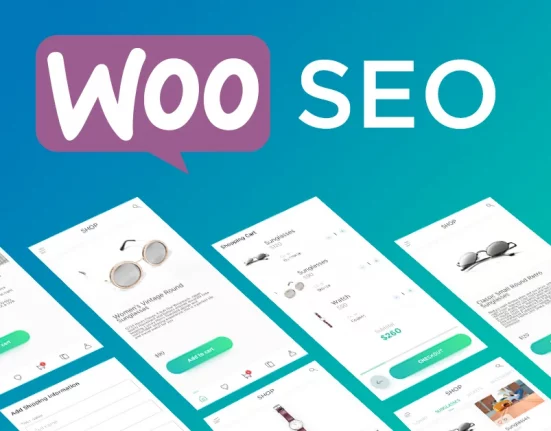The brands that have achieved exclusivity and excellence by going beyond quality, pricing, and lineage are considered luxury brands. Since people believe that higher status is the symbol of success, luxury brands like Gucci, Rolex, and Ferrari represent them quite well.
The luxury brands or the products are designed by the best designers in the world and can be identified by their unique characteristics even without a second look. These brands thrive on their exclusivity, pricing, and lineage. Typically a queue is maintained with a wait time of months or years to retain the exclusivity of the products.
For these brands, generic marketing strategies don’t work. Marketing strategies that involve the inclusion of stories, emotions, and exclusivity are often developed to promote these brands subtly. As the customers are more inclined to enjoy the status the product brings than the product itself, direct marketing campaigns that tell the customers to buy a product, are often omitted.
Here are 10 such marketing strategies that work for these brands.

1. Tell Your Audience a Story
Most luxury brands have a story. How they came to business, what their objective is, social contributions, and much more. Not every expensive brand can be luxurious. To become a status symbol in itself, the brands need to tell a story of their success. And not only through profitability and revenue generation.
When a brand conveys a success story that the customers can relate to, they’d be wanting the products as a representation of their own.
Take the example of the different types of diamonds. Lab grown diamonds are used to make engagement rings without exploiting human rights, the customers who buy the premium product get attached to the emotional elements of it.
Another example might include Rolex. Rolex has undoubtedly gained significant accomplishments by actively promoting its success story as a charitable brand. Now, when someone buys a Rolex, they directly contribute to the social cause the brand has started. The customers showcase these stories that the brand feeds them to their network as a symbol of status.
2. Social Media Visual Appeal
Luxury brand marketing strategies, in addition to increasing brand awareness, also revolves around promoting the brand for their customer’s satisfaction. When a brand reaches the average audience on social media, its objective seldom revolves around luring more customers. The brands promote elitism of their existing customers to the ones who still didn’t get the opportunity to get a hands-on experience of the products.
A luxury brand, having access to the best designers and social media marketers, generates graphics that resonate with its message and theme. The appealing graphics make the masses believe that these brands are inaccessible. The ones who could experience the exclusivity, are perceived to be in a different social class.
3. Charitable Approach
Charity is an effective marketing strategy that works for luxury brands better than the usual strategies. In most cases, the brands consistently or occasionally share a percentage of their profit with charities and causes around the world. In other cases, the customers are asked to add a minimal amount of money with their purchases to contribute to the cause. Although most brands set aside charity due to increasing fraud and tax hurdles associated with the activity, most prominent ones commit themselves to it.
For the general public, it is normal to donate or volunteer for as many charities as possible. But for a luxury brand, if their existing and potential customers aren’t made aware of the activities, the whole investment “fails” from a business standpoint. Without self-promotion, the efforts made with the donations fail to contribute to luxury marketing.
4. Educating Customers About Your Products on Different Channels
Luxury brands educate their customers through text and visual mediums about the products they are offering. It’s known as content marketing. The educational content may be personalized or published through the website or social media. Email newsletters are also quite effective in this aspect.
This practice of educating customers to keep them in the loop is considered a common practice in other niches, but in the case of luxury brands, this is an untapped territory. The small percentage of brands that have been practicing this dark magic has seen a resounding increase in customer loyalty and retention.
5. Promote Exclusivity
Clients of luxury brands often don’t look at the price tag as frequently as average customers. Since their interest lies with the exclusivity more than the price point, promoting that very thing opens the path up for more customer procurement.
Luxury brands often employ marketing strategies like:
- Limited availability
- Waiting list
- Qualification process
- Invite only purchases
These retain the exclusivity factor with their products. The strategies, in addition to promoting exclusivity, build up customer loyalty. When you’re on a waiting list for a car for over a year, the satisfaction of getting the product before everyone else is unparalleled to anything else.
6. Target Your Exclusive Audience Through Ads
Social media ads are quite effective to target luxury customers into checking the products out. The interesting part about social media ads is that they can be customized according to the demographic, interests, and tens of other components. Once a brand has achieved the sweet spot, the segments of customers that they want, are lured right in.
7. Personalize Offers for Each Customer
Offer personalization is a tried and tested marketing strategy that works in any niche. Suppose a customer has bought a premium shoulder bag from Gucci just before Mother’s Day. The automated CRM tools immediately begin to send out personalized newsletters and the latest offers about accessories fit for the particular event and customer.
In most cases, the strategically designed content of the offers encourages the customers to buy something more with their primary purchase.
8. Promote Customer Feedback
Customer feedback is a necessary element of luxury brand marketing strategy. Actively promoting or at least strategically placing the feedback in a prominent corner, favors the brand positively.
If your luxury brand has managed to gather testimonials that prove the quality of your products and services, the better. This kind of feedback assures your current and potential clients that your products and services are top-notch.
A drawback of a product will be discussed in the forums. But if an organization comes forward to take responsibility and after careful consideration releases an updated version, the doubts are erased and the customer trust is restored.
9. Promote Brand Loyalty
The best way to promote brand loyalty is by rewarding frequently returning customers. The rewards may be in the form of cashback, special invitations, or early access.
Whatever it may be, the most critical thing is to not get greedy. It’s tempting to invite every customer to purchase the new flagship before everyone else. But that nullifies the whole point of it.
Brands screen the most loyal customers by their past purchases and invite them to their events as a brand loyalty reward.
10. Website Customization
In general, luxury brands have great website designs. But they frequently sacrifice user experience to achieve that. Thus, new users find it challenging to navigate past the homepage. As website responsiveness and content mapping play major roles in customer satisfaction, having a great website that works should be the priority for any luxury brand.
The Bottom Line
Hopefully, you’ve understood how luxury brand marketing differs from generic marketing strategies. In contrast to general products that satisfy the utility of their users, luxury brands fulfill the thirst for a higher status. The primary marketing strategies of luxury brands include storytelling, visual appeal, and charity. But in most cases, the brands append content marketing, exclusivity, and social media ads to the mix.






